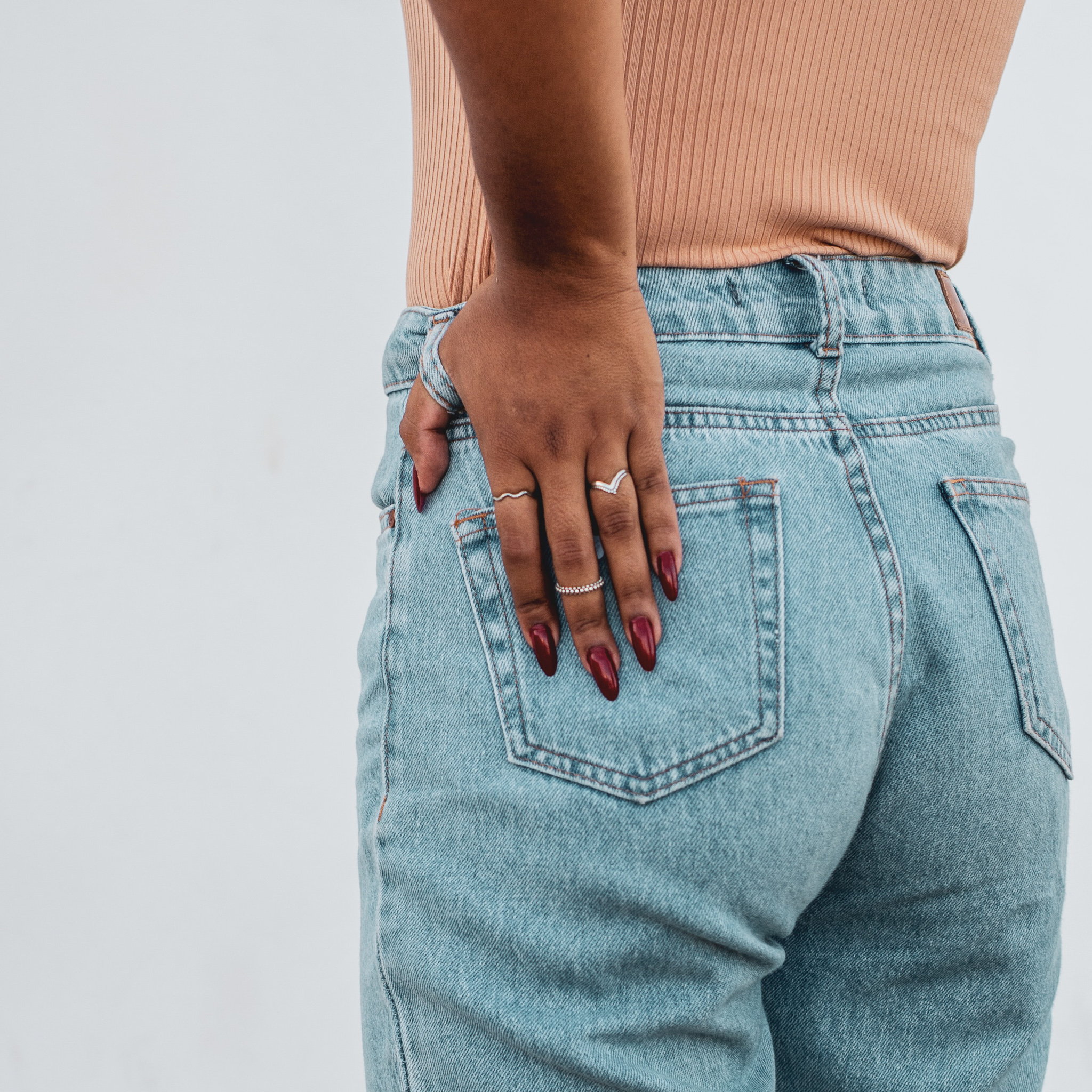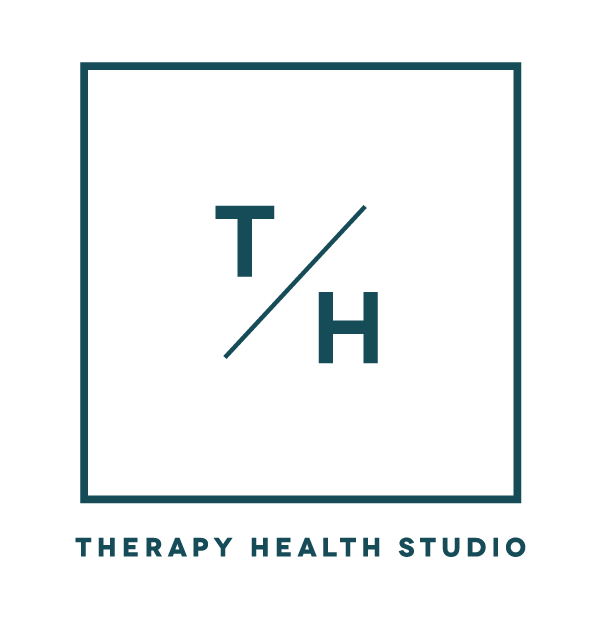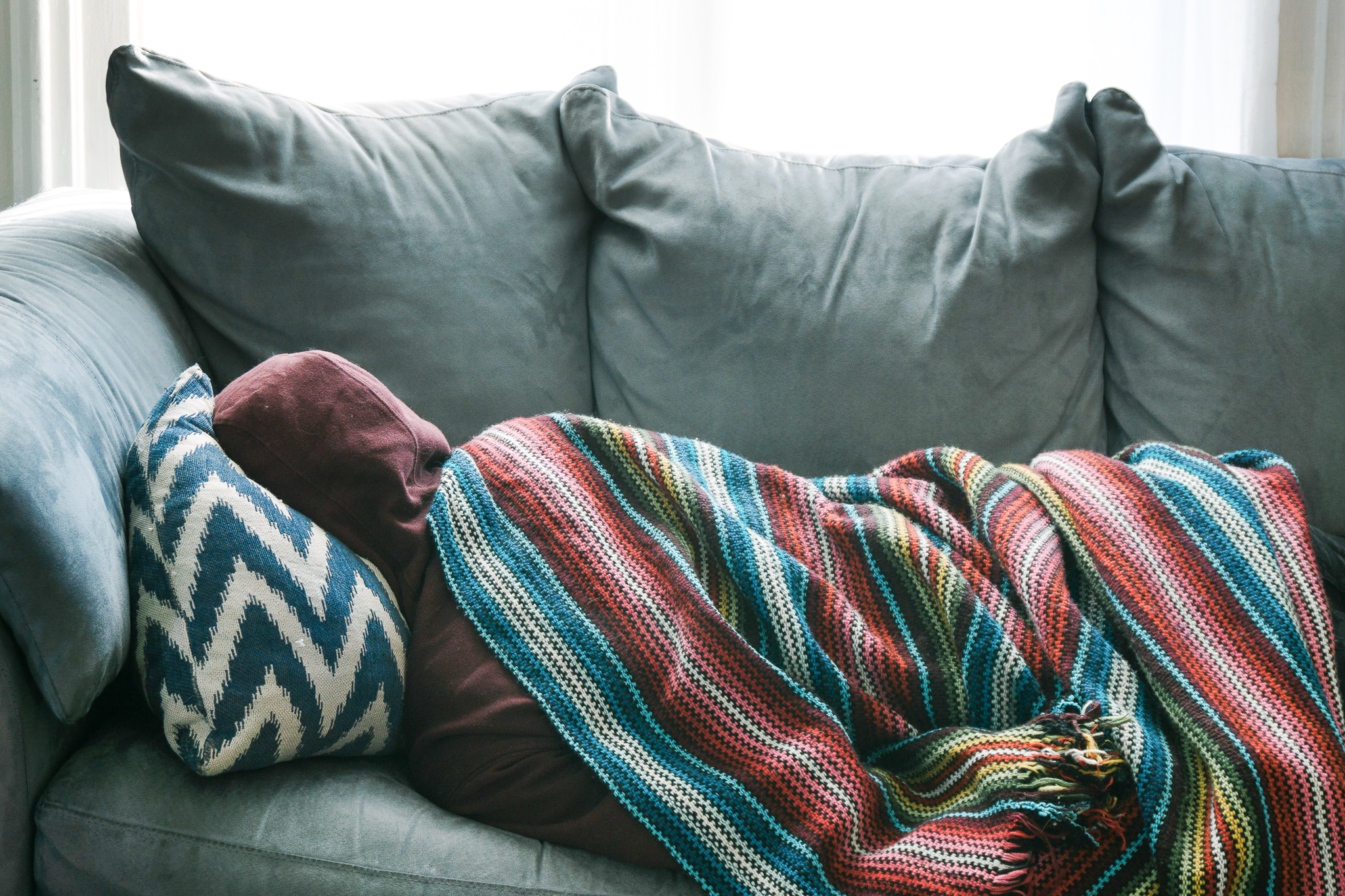
When you google “hip pain” often search engine results will show you a list of worst case scenarios, listing more advanced and rare disease issues. Generally, these are not the case so don’t be freaked out! If you are experiencing more severe and chronic pain, it’s definitely best to get checked out by a Doctor or Physiotherapist to ease your mind. In general though, hip pain usually comes from imbalances from muscles, ligaments, tendons and soft tissues.
What are some common causes of hip pain?
There are a variety of reasons why hip pain can come about. Most can be easily treated with postural changes, simple stretches and strengthening and of course…Massage Therapy!
Let’s look at some common hip issues that your RMT can help you move forward from.
1) Your hips are out of of alignment
Having one hip sitting higher than the other, differences in leg length or a pelvis with a mild twist anteriorly or posteriorly is a really common issue. Noticeably we see this more in woman, as the hips tend to be wider and have more mobility than mens generally do. Overtime, symptoms can develop as the joints and muscles get stuck in dysfunctional positions. You may feel a sharp discomfort around the sacroiliac joint (where the spine meets the tailbone and the wide hip bones), notably when you try to stand from sitting positions, or feel an uncomfortable ache across one side of the hip or across the back. It can cause discomfort when you’re walking, standing, exercising and can feel achy in the night.
2) How you sit and how long you sit for
Sitting for long periods of time causes compression to your lower back and spine, as well as muscular imbalances in the hips and legs. Sitting causes the hamstring muscles at the back the legs, to be held in extension. While the quadricep muscles, at the front of the thighs, are stuck in flexion with the knees bent. When the body is stuck in this position for hours on end, it causing weaknesses and imbalances within the muscles and soft tissues through compression strains and inactivity for long hours of the day.
3) Repetitive strain issues
It’s inevitable that our daily lives create all sorts of repetitive strains to our bodies and hips. Our careers, hobbies, activities, even relaxing and how we sleep comes with its repetitive strains. It’s natural really! It’s when your body starts to send signals that something is becoming irritated, that it’s time to look at what the strain is telling us. It’s important to feel the clues, and look at how we can make make corrections for better movement and posture to improve symptoms and keep the body in a more optimal place.
4) Tightness + compensatory issues
It’s common for one side of our body to be slightly weaker than the other, which can contribute to weakness in our smaller stabilizer muscles working at the base of fine motor movements. When an instability develops, there’s usually a compensatory issue, where larger muscles work harder to take up the slack. Over time, pain referrals, restriction, tightness and inflammation are signs adjustments need to be made to address the issue. It’s always best to get ahead of the symptoms of tension and imbalances, before it turns into a more substantial issue.
5) Weak glute muscles
As with tightness and compensatory issues, a common issue that leads to hip pain is weak gluteal muscles. Even if you are the master of squats, you can still have weak glute muscles – why? Because the glutes are actually made up of a system of 3 muscles: Glute max (the larges and strongest of the bunch), glute med and glute min (important hip stabilizer muscles working at the base of the muscle group for fine movements). What’s common in this muscle group, is that when we do more heavy loaded movements that don’t target the stabilizer muscles, the glute max takes over as the power house, causing weakness in the glute med + min. This is a result of larger muscles overcompensating for a weakness of the stabilizer muscles. Over time, symptoms develop such as pain and achyness in the low back and hips, IT band tightness, knee issues and even sciatica can develop as a result.
How does Massage Therapy relieve hip pain?
If you’re having symptoms of hip pain, Massage Therapy is an excellent option of treatment to find relief.
Your RMT will first assess the issue and talk with you about how you’re feeling, investigating for clues leading to the source of your pain, as well as contributing factors, Once the issue has been assessed, your RMT creates a treatment plan to not only provide relief for the discomfort, but also, how to address compensatory issues and provide more lasting results and enable change.
By releasing areas of tension through kneading, mobilizing and stretching techniques, space is created to misaligned areas, giving the body a natural opportunity to shift into better alignment. Massage also provides natural pain relief, as direct massaging increases circulation that replenishes stagnant areas, improving tissue health and releasing natural opioid like hormones. Your body becomes more relaxed and moves into rehabilitation mode.
Deeper tissue work and more direct pressure too and around your hips, lower back and legs throughout a treatment session, is common for hip pain. Muscular + fascial tissue stretching with mobilization techniques, open tight muscles, assisting the joints and surrounding ligaments, to better mobility, alignment and circulation.
Commonly, light stretching programs, stabilization exercises, postural advice and homecare may be suggested to keep you moving forward and away from uncomfortable symptoms of hip pain.
Curious is massage therapy might be the right fit for treatment of your hip pain? Book a session and find out!
An RMT’s goal will always be focused on helping to relieve symptoms of discomfort and pain. We’re here to help when you need us!
BOOK YOUR APPOINTMENT


 As we move through the Omicron wave of the pandemic, more and more of us are catching COVID. Thankfully, the symptoms seemingly are less severe than previous strains, but that’s not to say anyone who gets sick with it has it easy! It’s still a nasty flu and costs you 5 to 10 days in isolated quarantine as our immune systems fight to keep the worst of it at bay (i’m writing this first hand, as i’m on my final day of quarantine).
As we move through the Omicron wave of the pandemic, more and more of us are catching COVID. Thankfully, the symptoms seemingly are less severe than previous strains, but that’s not to say anyone who gets sick with it has it easy! It’s still a nasty flu and costs you 5 to 10 days in isolated quarantine as our immune systems fight to keep the worst of it at bay (i’m writing this first hand, as i’m on my final day of quarantine).

